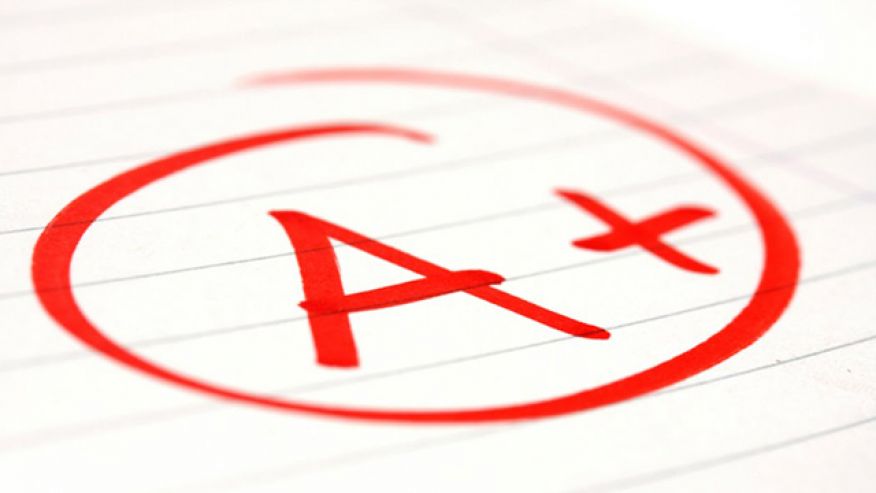On the first day of school, my honors chemistry teacher looked around the room and told us that we were there because we were brilliant, high achieving, and loved science. It wasn’t a joke, but most of the class laughed anyways. I don’t know anyone in that room who chose the honors track out of their passion for chemistry. Instead, we took it for the prestige, the GPA boost, and, of course, college apps. Honors and AP classes abound at time, but they’re not standardized in difficulty. The one thing that is standardized about them? The way they reinforce Tam’s already abysmal achievement gap. Especially as upperclassmen, it can feel that we are going to two different schools. Because students elect whether or not to take honors classes, and because the self selection bias towards honors classes is divided dramatically along racial and economic lines, Tam is for all purposes two segregated schools that share a campus. The segregation is exacerbated by the fact that, when honors and AP courses have entrance requirements, passing them has far less to do with academic abilities than it does with skill in navigating the system. For example, I know many people who at first failed an honors entrance test but appealed, got into the class, and subsequently did fine. Appealing those results may not occur to other students, who lack the confidence—or helicopter parents—needed to do so. The result is a class breakdown that, rather than favoring academic ability, instead advantages students well versed in Tam’s bureaucracy.
In trying to address the achievement gap, we often focus on bringing struggling students up to the level of their high achieving peers. We indulge in the fantasy that the status quo—more privileged students taking every available advanced course because that’s what’s expected—can remain while we also successfully address the gaping racial and economic inequalities in Tam students’ educational outcomes. That, however, is simply not possible. Integration is a powerful educational tool. In an essay for the New York Times, journalist Nikole Hannah-Jones writes sending her daughter to a predominately low-income, minority school with low test scores, despite the fact that she could’ve sent her daughter to a school with high test scores that serves a mostly white, high-income community. Even though, statistically, her daughter would be “better off” at the whiter, richer school, Hannah-Jones was and is confident in the choice she made. She did the research and determined that going to the “worse” school was unlikely to damage her daughter’s educational outcome, but that it would improve the outcomes of other students at the school and benefit her daughter’s emotional growth. By sending her daughter to a school that white, rich parents in the gentrifying neighborhood had dismissed as “unworthy” of their children, Hannah-Jones was an active participant in the kind of economic integration that the school desperately needed.
Tam is technically integrated, but the true advantages of educational integration—improved educational outcomes for every student, across race and economic status—are missed, because students are separated so starkly by de-facto tracking. As students, we have to make different choices to truly address the self-segregation that permeates this campus. We have to ask ourselves whether a minor GPA boost is really more important than a diverse environment and exposure to a wider range of perspectives. And here’s the part where I admit that I’m a huge hypocrite. I have done none of the things I just suggested. While at Tam, I have chosen to take honors courses when they were made available to me, even as I knew that they were part of the problem. Taking an honors class at Tam has never improved my educational experience, and I never expected it to, but I took it anyways, because I wanted to look good and thought that honors and APs were the key to doing so.
It’s really hard to step back, realize that our choices are, in aggregate, harming the school community, and make different ones instead. I haven’t been able to do it, and I know very few people who have.
For that reason, the solution has to be community-wide.We need to change the narrative, so that honors tracks are no longer the default choice for high achieving students. We need to consider whether these classes are worth it, taking into account the way they may contribute to segregation at Tam. Finally, we need to remember that integration benefits everyone. When we take and engage in classes with people who are different from us, our emotional intelligence increases and we are better equipped to enter the world.
The original Breakthrough Day worked because students from all backgrounds were able to hold an honest dialogue with each other. We can’t even begin to do that, however, when we as a school are so divided that we don’t share classes with students different from us. If we want to continue the conversation—one that began over 50 years ago—we must be ready to examine how our individual actions have contributed to the dysfunction present at Tam, and be willing to choose a stronger and more equitable school community over that extra point in our GPA. ♦


